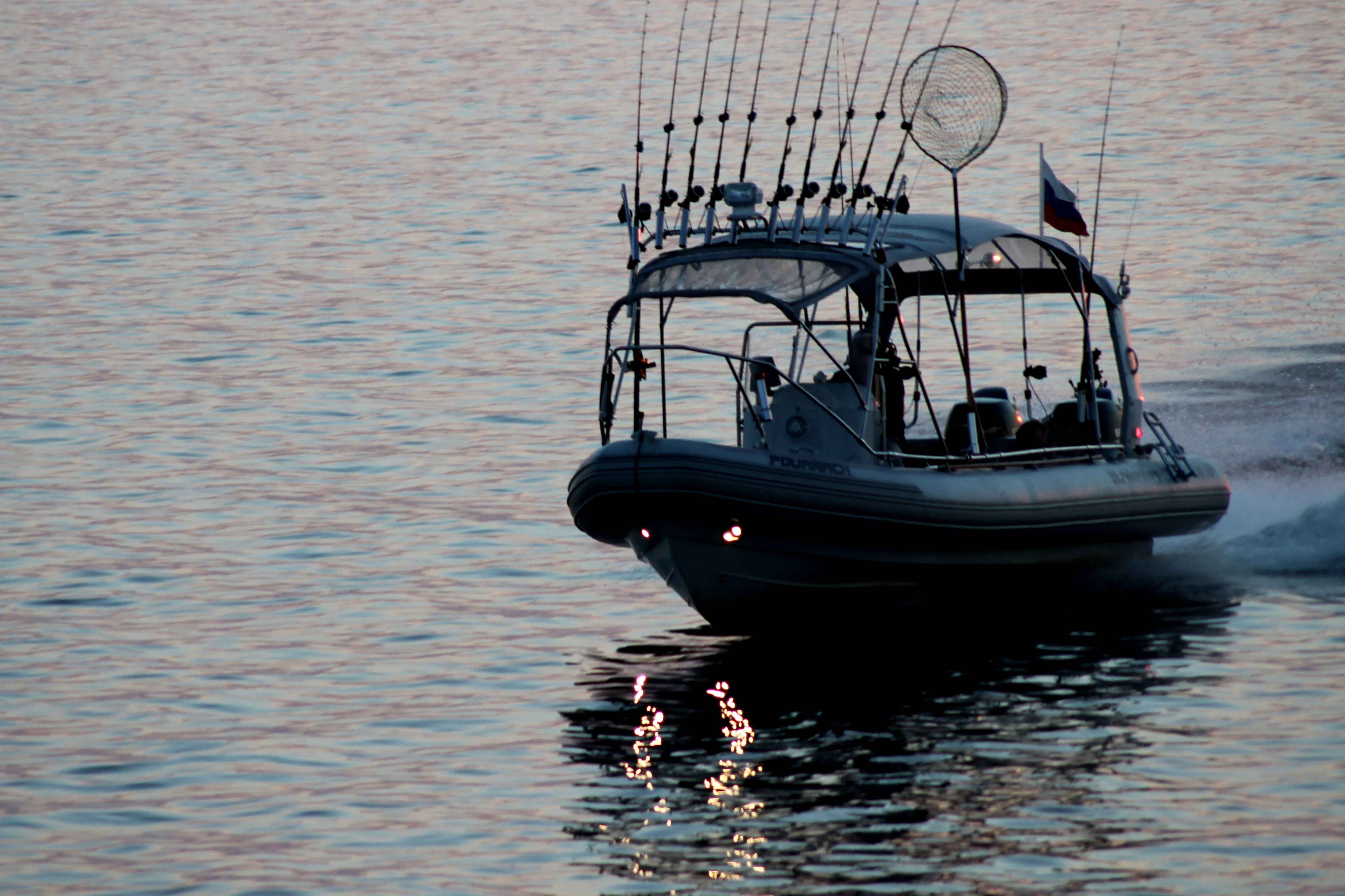February 11, 2021
Trolling

Trolling or what is also known as troll fishing, happens when a single or multiple baits are pulled along from the rear side of a boat with changes in speed and depth over time. The latter mentioned varying factors are dependent on the type, habitat and size of the target specie, i.e. the fishermen manipulate them with regards to the dynamics of given prey. The main aim behind dragging a lure in such fashion is to present it as a moving prey.

Although trolling is often practiced among freshwater habitats, saltwater fishermen have started looking up to it as well. Sturgeon, Trout, Bass and Salmon are some freshwater fish that can be caught using this technique, however from among saltwater bounties, some common names include Barracuda, Sailfish, Kingfish, Marlin, Wahoo and Tuna.
What to Expect When Trolling
Among the most important equipment you’ll be expected to carry along a trolling excursion would undoubtedly be a boat. Then there comes the use of regular fishing gear including rods, reels, tackles’ kit, and riggers (poles attached to the side of a boat where the rest of the trolling gear is to be attached).
The type of rod (specifically the thickness of it) you get shall incline well with the habitat you’re planning to explore i.e. you may get any rod as long as it is considered stiff to a freshwater excursion, but for offshore trolling, it is recommended to get one that’s comparatively stiffer and ranges between 6.5 to 7.5 feet in length. That’s because you’ll probably come across bigger fish in the sea than in rivers and lakes. For trolling, most anglers have started using electric line counting reels, some of which come with an LCD, clickers (creating a clicking sound as soon as something gets on to the hook), and even depth counters. In case you don’t want to go for something this much pricey, go for a spinning reel instead. Furthermore, when it comes to picking a suitable fishing line, monofilament as well as braided fishing lines can both be used.
So, whatever you intend to choose from among the variations mentioned above, don’t forget to consult a professional to find out what suits your needs in particular.
Fun fact: Trolling lures are designed like real fish so that they appear as a slow moving or injured target to other fish in a water source.
Trolling Tips
- When using more than one lure, maintain a safe distance when positioning them to avoid the formation of tangles between them.
- Ideally, aim to practice troll fishing in places where you think fish are spread out through the habitat, and not sticking to one spot in great numbers.
- As per what the experts say, generally a speed range of 1.5-2.5 mph suits trolling endeavors well.
- You may also add a jigging motion to your fishing rod along with them being trolled to get a few extra bites.
- When using more than one fishing lines, place each of them at variable depths i.e. some a bit shallower, some more deeper than the rest.


